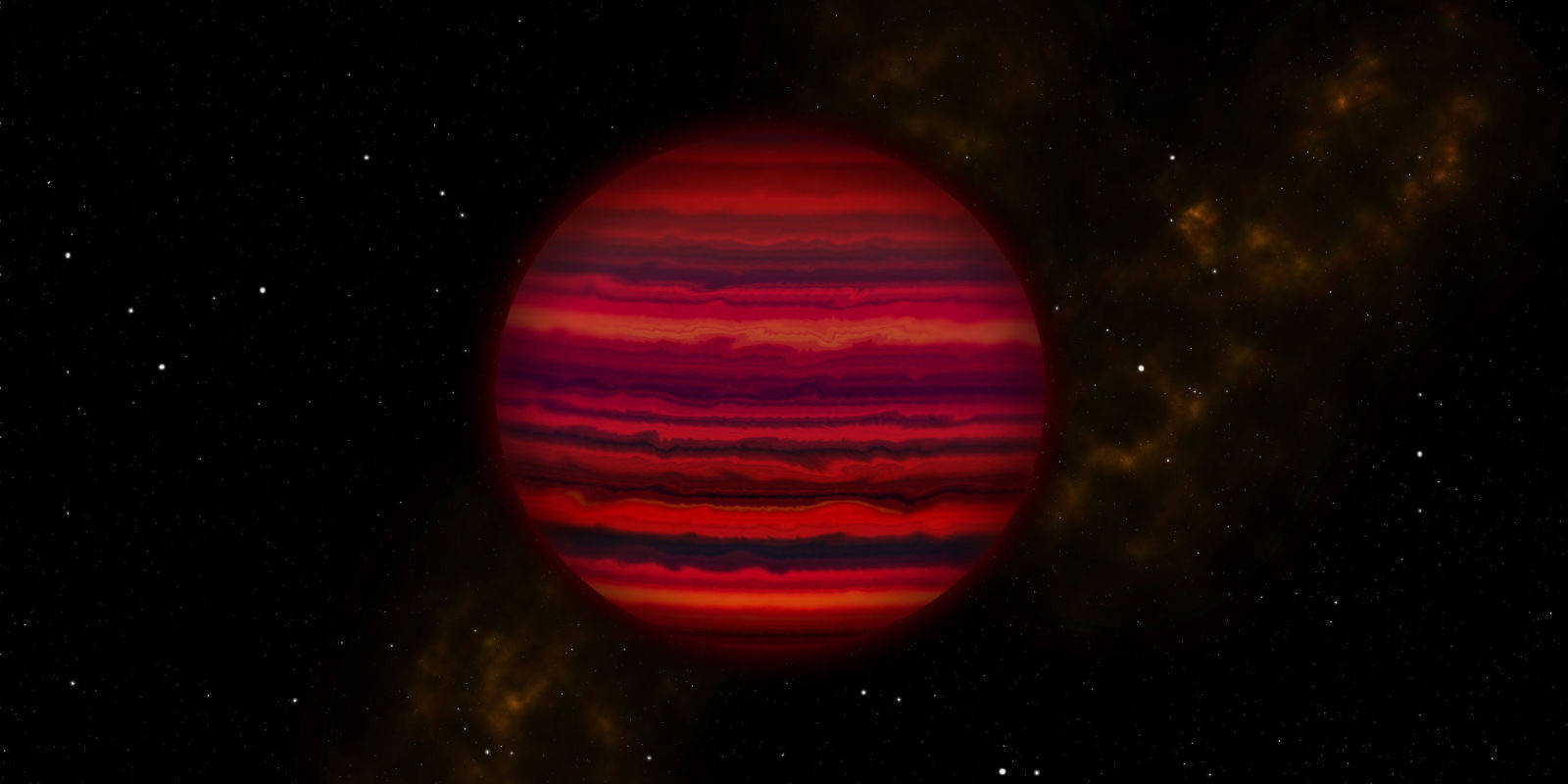At last, astronomers have found evidence of watery clouds beyond our home star… only they’re not hovering around a planet, like you might expect. UC Santa Cruz-led researchers have discovered signs of water vapor clouds around WISE 0855, a brown dwarf (that is, gas and dust that failed to become a star) a relatively close 7.2 light years away. The team had to use tricky infrared spectrum analysis to spot signs of water absorption around the dwarf, which is so cold and faint (-10F) that visible light and near-infrared studies wouldn’t work.
This was expected to a degree. WISE 0855 is just at the right temperature for water or ice clouds to form, so it would almost have been a surprise if those clouds weren’t there. Still, it’s an important breakthrough. Now that scientists have a way to find water clouds beyond the Solar System, they could use their technique to determine the prevalence of water vapor in space using brown dwarves as benchmarks. It’s not the same as finding clouds around an exoplanet, but it’s a start.
(16)

